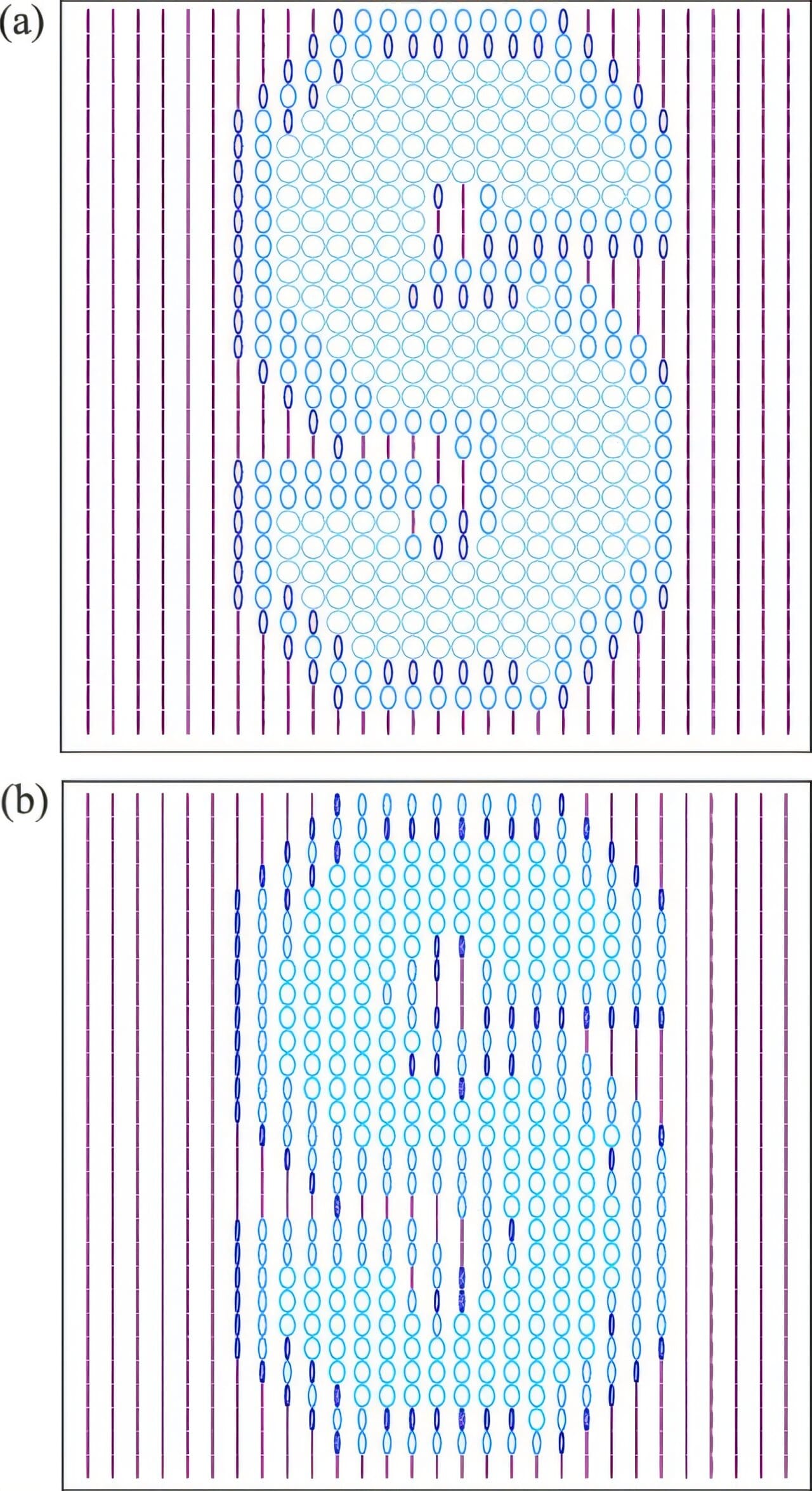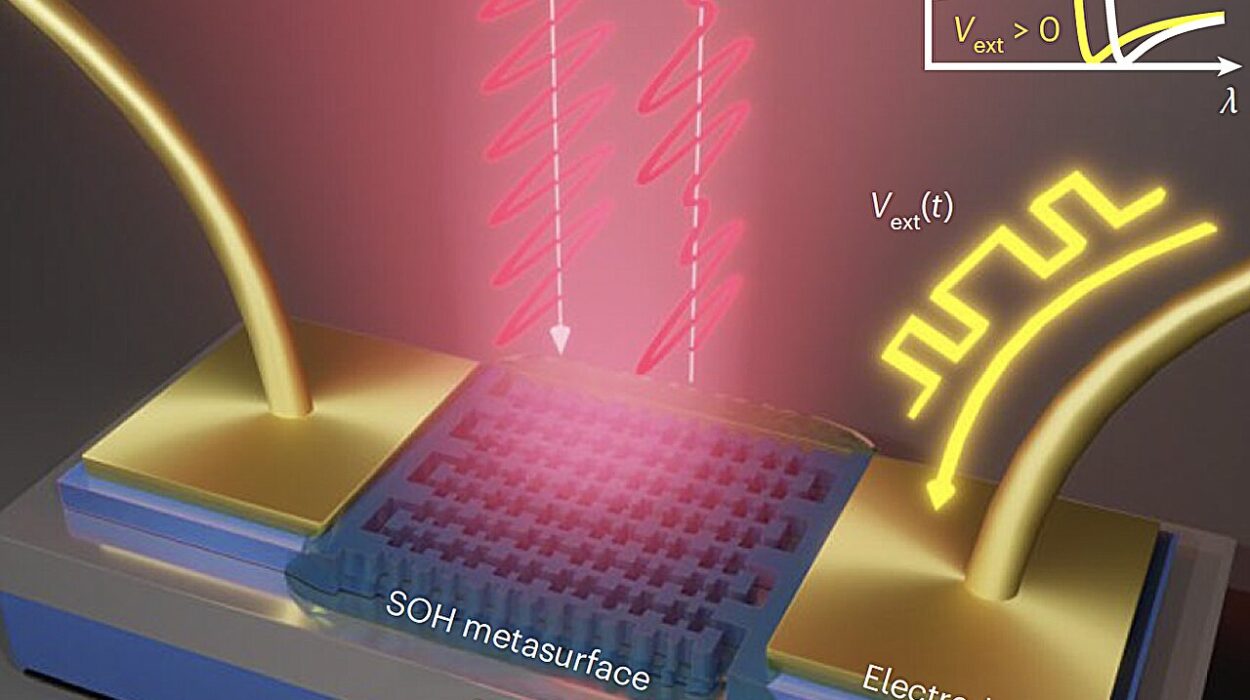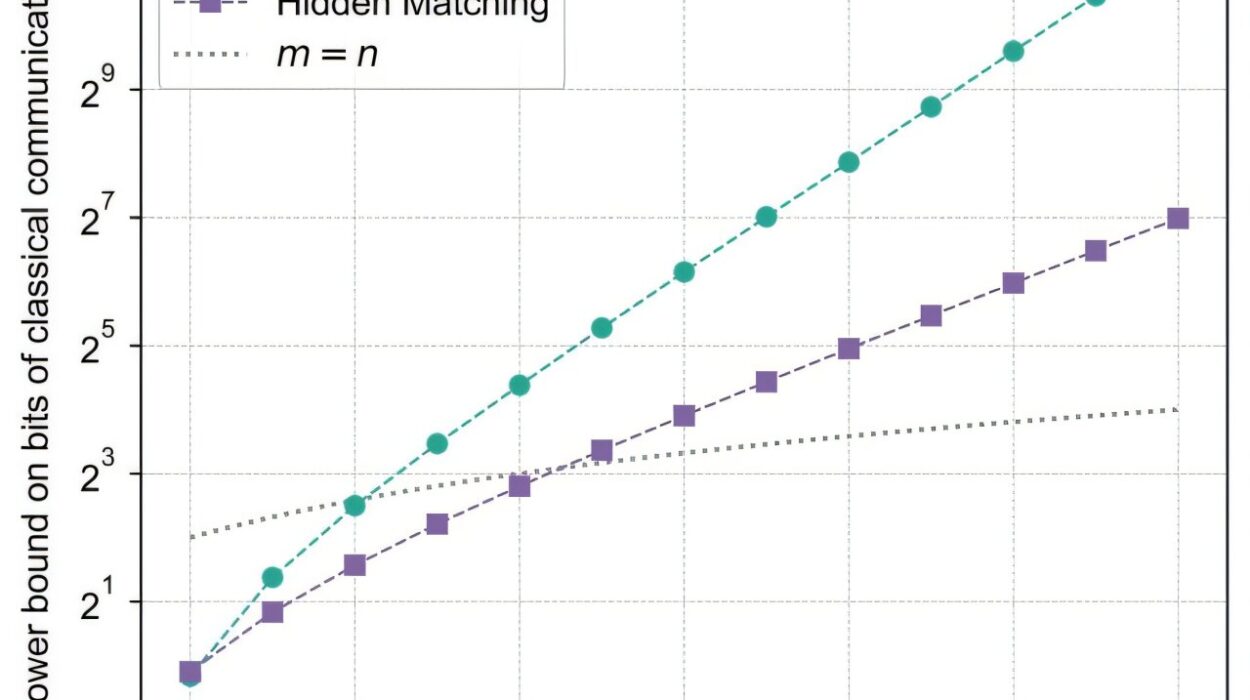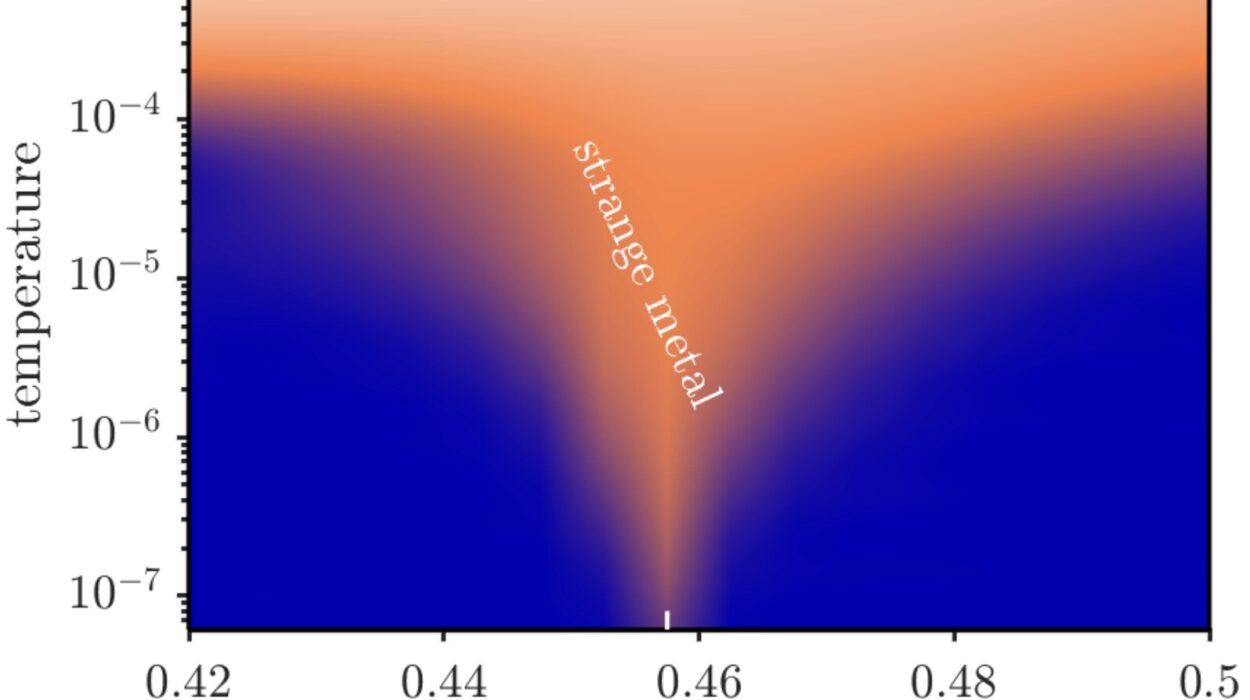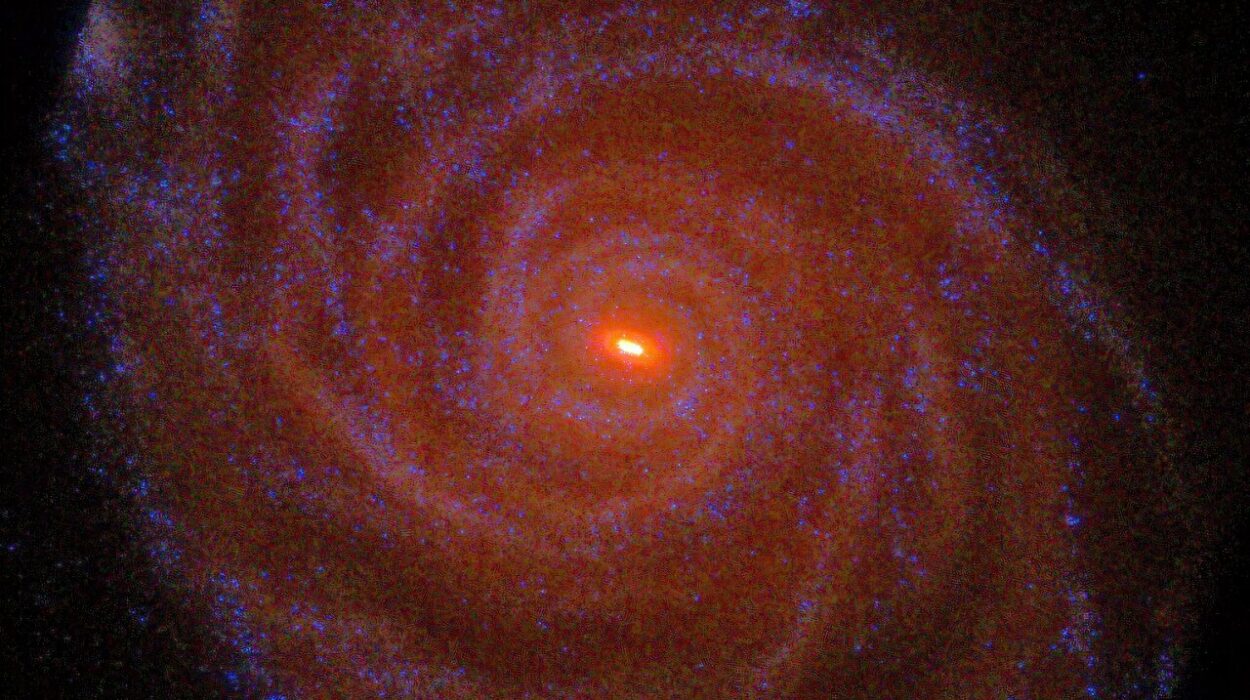In the strange realm of the very small, where matter shimmers between realities and particles appear to know when they’re being watched, quantum mechanics has been dazzling—and confounding—physicists for a century. Now, a new breakthrough promises to bring much-needed clarity to one of the field’s most fundamental mysteries: how, exactly, can something be both a wave and a particle?
Physicists at the Stevens Institute of Technology have uncovered a precise mathematical formula that elegantly describes the balance between a quantum object’s wave-like and particle-like behaviors—a relationship that’s puzzled scientists ever since the dawn of quantum theory.
“Wave-particle duality is the cornerstone of quantum mechanics,” says Xiaofeng Qian, lead author of the study published in Physical Review Research. “Researchers have been trying for half a century to quantify this duality, but this is the first complete framework to fully measure wave-like and particle-like behaviors with optimum quantitative precision.”
A Dance of Waves and Particles
In the familiar world we see around us, things either are waves or are particles. Water ripples through a pond. A tennis ball arcs across the court. But in the quantum world, an electron—or a photon of light—can mysteriously act as both. Shine light through two tiny slits, and it produces a delicate pattern of bright and dark fringes—a signature of waves interfering with each other. Yet the same light, detected one photon at a time, lands in single, particle-like spots.
This is the heart of wave-particle duality: a quantum object’s behavior depends on how you look at it. But how much wave—and how much particle—is a quantum entity at any given time? For decades, scientists have tried to measure that balance.
Earlier models expressed wave-ness and particle-ness as an inequality: add up the “wave-like” qualities, such as visible interference patterns, and the “particle-like” traits, such as predictability of position, and you get a total that can never exceed one.
“That’s important because it means if an object is fully wave-like, it shows no particle-like behaviors, and vice versa,” Qian explains.
But this older framework had a frustrating flaw. It could mathematically describe situations where both wave-ness and particle-ness increased at the same time—something quantum physics simply doesn’t allow. The two properties are exclusive. The more you know about one, the less you know about the other.
The Hidden Hand of Coherence
To fix this puzzle, Qian and his team introduced a powerful new player into the equation: coherence.
“Coherence is a tricky concept,” says Qian. “It’s essentially a hidden description of the potential for wave-like interference.”
Imagine coherence as the silent conductor keeping the quantum orchestra in tune. Even if an interference pattern hasn’t yet appeared, the potential for waves to interfere is locked inside a quantum system. The conventional measure, called “visibility,” shows how strong those interference patterns actually are—but coherence is the deeper potential lurking beneath.
By quantifying coherence alongside the traditional measures of wave-ness and particle-ness, Qian’s team discovered something beautiful: the sum of these three quantities always adds up to exactly one. No more “less than or equal to” guesswork. For the first time, wave-ness and particle-ness could be plotted with precise mathematical certainty.
Plotting Quantum Reality
Picture this relationship on a graph. For a perfectly coherent quantum system—where the wave potential is at its peak—the curve forms a perfect quarter-circle. As coherence falls, due to noise, heat, or jostling by the environment, the curve flattens into an ellipse.
“The ellipse gets squeezed, but we’re still able to extract the information we need,” Qian says.
This isn’t just theoretical beauty. It has real-world implications for one of the most exciting frontiers of technology: quantum information science.
Seeing the Invisible: Quantum Imaging in Action
To prove that their theory wasn’t just elegant math, Qian’s team put it to the test in a fascinating technique called quantum imaging with undetected photons (QIUP).
In QIUP, a pair of entangled photons are generated—two particles bound together so that what happens to one instantly affects the other, no matter how far apart they are. One photon scans an object, such as an aperture, while the other photon stays behind.
If the scanning photon slips cleanly through the opening, coherence remains high. But if it bounces off the object’s walls, coherence collapses. By measuring the wave-ness and particle-ness of the photon that stayed behind, scientists can deduce what happened to its partner—and thus image the shape of the object without ever detecting the scanning photon directly.
“It shows that wave-ness and particle-ness of a quantum object can be used as a resource in quantum imaging, and potentially many other quantum information or computational tasks,” Qian says.
Even when the quantum system’s overall coherence is degraded by environmental noise, the contrast between high and low coherence events remains clear enough to extract meaningful images.
A New Lens on Quantum Weirdness
This breakthrough transforms our understanding of one of quantum mechanics’ most iconic mysteries. It gives researchers a precise tool for exploring how quantum systems navigate the delicate tightrope between wave and particle behaviors. And it may spark innovations across quantum computing, cryptography, and advanced sensing.
Yet even with this newfound clarity, Qian remains keenly aware of quantum physics’ inexhaustible mysteries.
“The mathematics make it look simple,” he says with a smile. “But we’re a long way from exhausting the weirdness of quantum mechanics. There are still plenty of frontiers left for us to explore.”
A century after quantum mechanics began rewriting our understanding of the universe, the dance between wave and particle continues—and with this new formula, scientists are learning the steps more precisely than ever before.
Reference: Pawan Khatiwada et al, Wave-particle duality ellipse and application in quantum imaging with undetected photons, Physical Review Research (2025). DOI: 10.1103/dyg6-l19j
